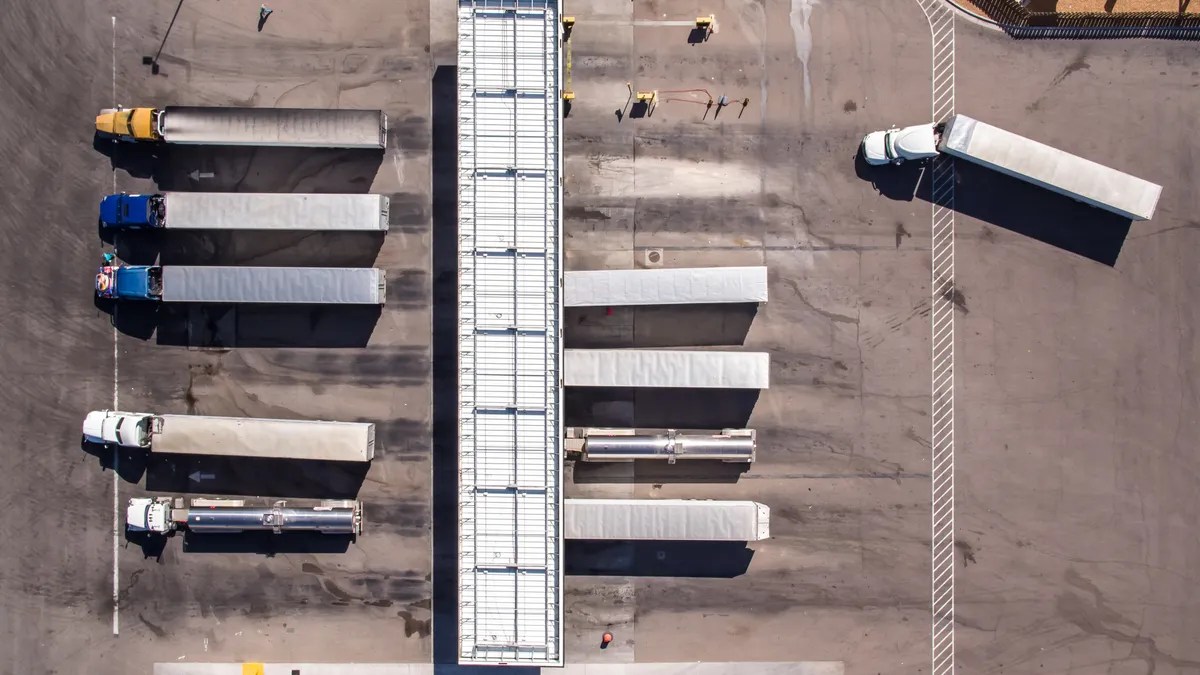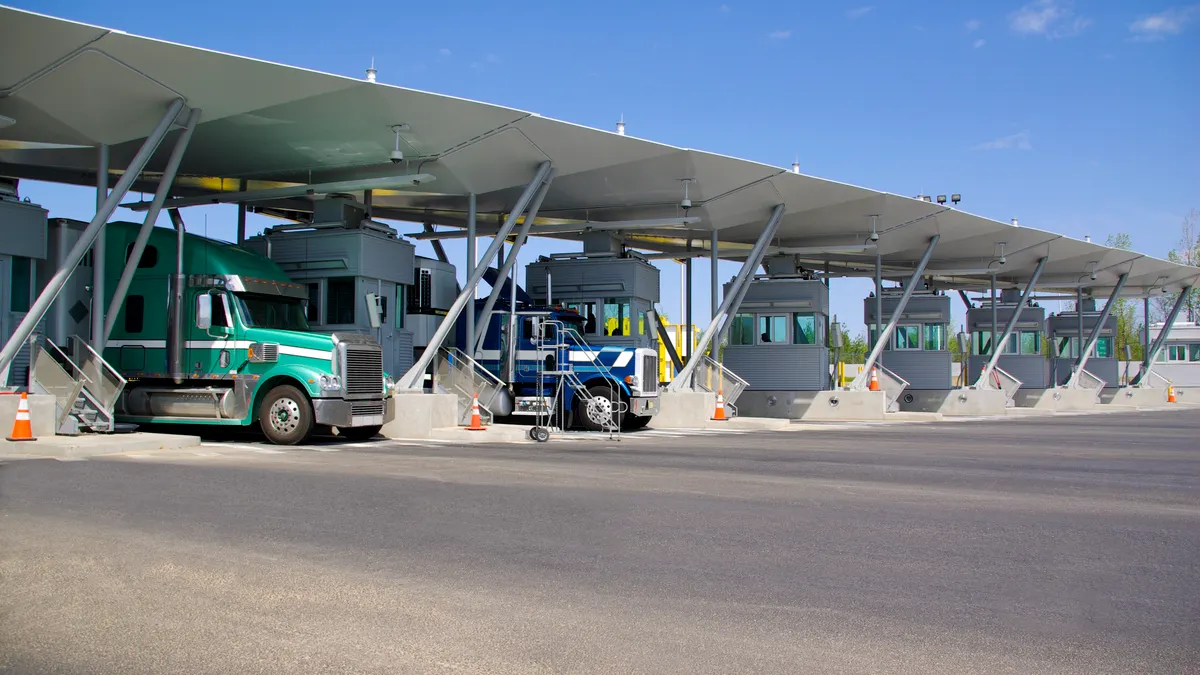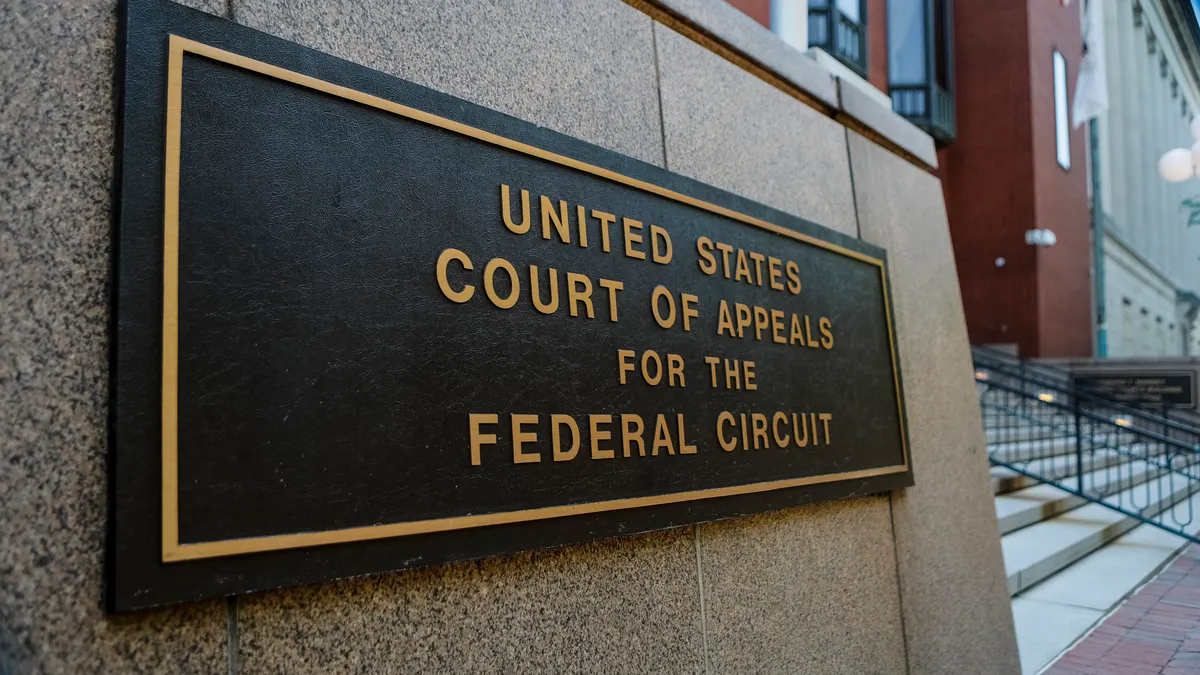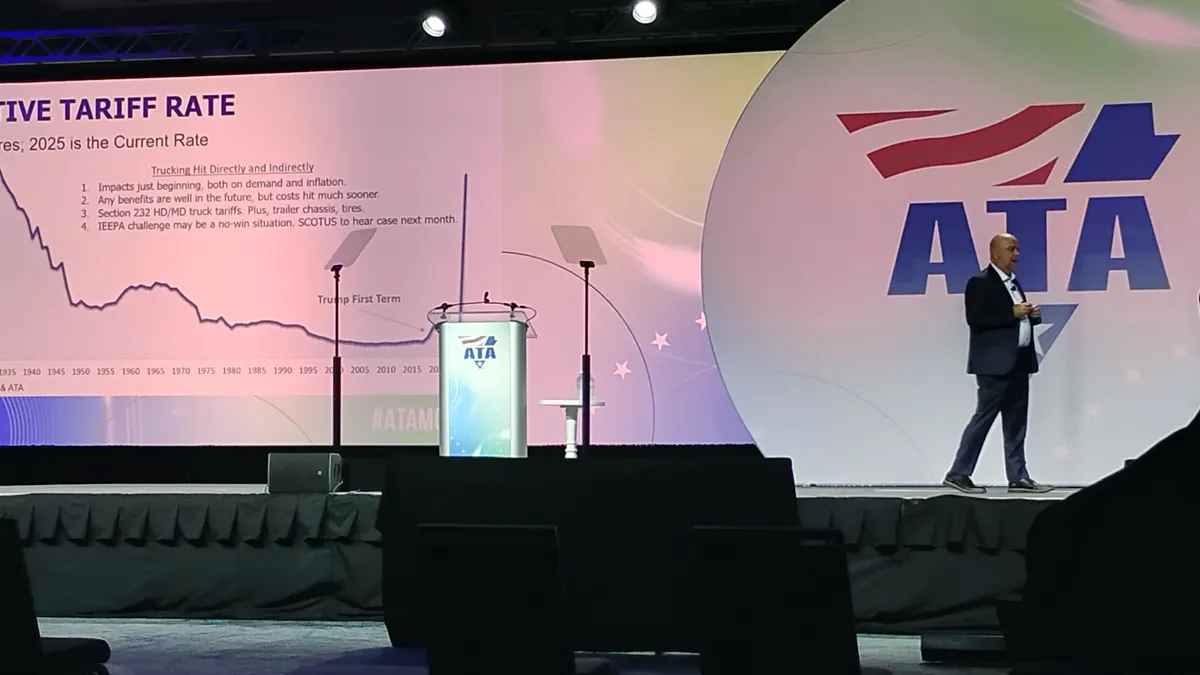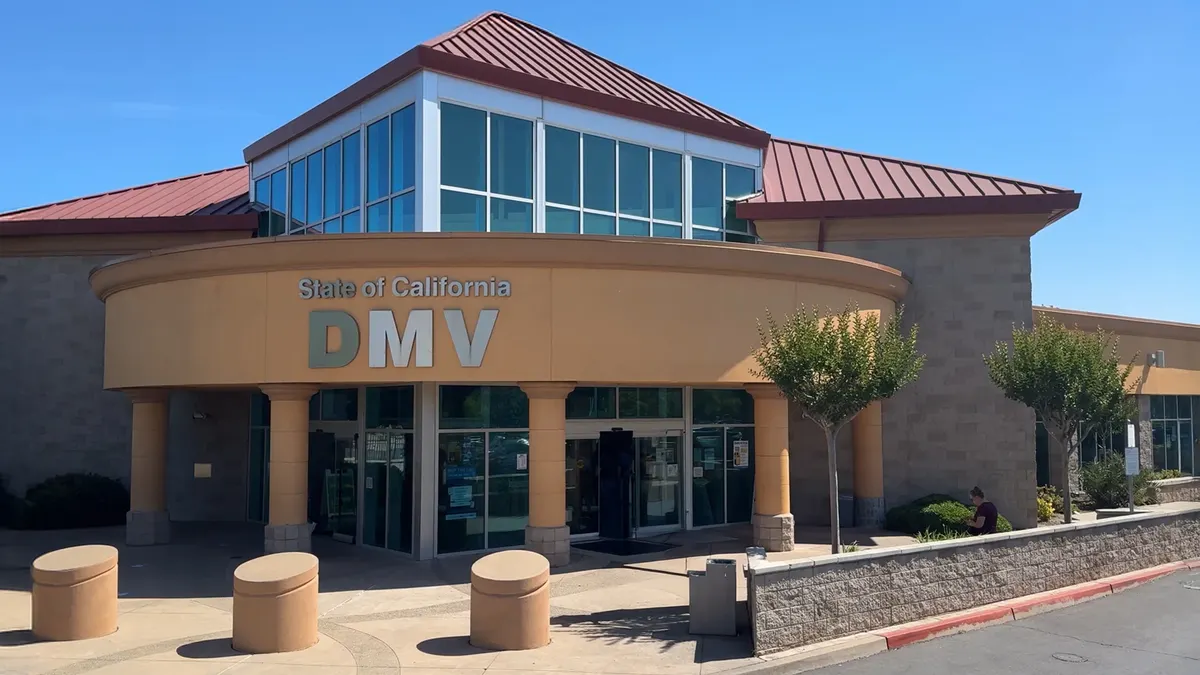Michael Frolick's day for years has started with a 9 a.m. meeting, during which managers at Transpro Freight share the latest on sales, operations, safety, dispatch and maintenance.
But in the current crisis, another meeting follows, Frolick, the director of safety and compliance at Transpro Freight, told me. A virtual town hall begins at 9:45 a.m., with the general manager, the drivers on the frontlines and everyone in between communicating updates.
The Ontario-based, cross-border carrier also sends satellite messages when critical info becomes available, when rest stops and parking areas are closing, or when the mandate came down that drivers must wear masks when approaching the U.S-Canada border.
Transpro Freight is among the many carriers stepping up communication in the coronavirus pandemic.
Prime Inc. brought a local doctor into a recent video to talk about personal protective equipment (PPE) and the importance of health and sanitation, Mark Murrell, co-founder of online training provider CarriersEdge, told me.
Other fleets are making outreach calls, holding Facebook live meetings and putting out podcasts.
Boyle Transportation delivered a morale-boosting message to its drivers via video. For six months, executives are giving up their salaries, and they'll give all of that to drivers afterwards.
"To go from hardly any communication to regular updates is a win in itself."

Max Farrell
CEO, WorkHound
Whether a fleet takes a Gen-Z savvy TikTok approach to keeping the workforce informed or stays old-school with telegrams, (By the way, I have heard neither of these examples. Please share if you have.) the message is the same.
The best fleets are the ones with open, transparent communication that assure drivers they have their backs, in times of prosperity and times of struggle. The good, the bad, the ugly — convey it all, said Max Farrell, CEO and co-founder of WorkHound, a driver retention and referral company.
"To go from hardly any communication to regular updates is a win in itself," Farrell told me.
These are dark enough times. No one deserves to be in the dark without a guiding light from their higher-ups.
What should fleet execs tell their drivers? A few examples of what I gathered from experts:
- Sanitary measures and equipment. How do I clean my cab? Do we have access to PPE?
- The state and health of the business. Are we busy moving essential goods? Are we taking a hit? What are we doing to get through a tough time?
- Pay. Will we get hazard pay for driving? Sick pay if we need to stay home? Will there be furloughs?
- Rest stops and parking. What facilities are closed? Where can we grab a bite to eat or use the restroom?
- Shipper facility updates. Do I need to stay in the cab at the loading dock? Will the shipper take my temperature?
The more specific the insights, the more drivers feel at ease, Farrell said.
And this is a two-way street.
"We want to be their sounding board. Their support," Frolick said of his drivers.
Transpro Freight added an app-based checklist of COVID-19 symptoms to its electronic logs for drivers to fill out before they dispatch for the day. Frolick said the fleet encourages drivers to be open and honest, and to not be afraid to say they don't want to dispatch and would rather stay home, in these conditions.
If a new protocol goes into place at a shipper facility (think temperature screenings, closed restrooms or added paperwork), fleet managers count on drivers to relay that, Murrell said.
"We want to be their sounding board. Their support."

Michael Frolick
Director of Safety & Compliance, Transpro Freight
Communication from drivers is important for another reason: gauging morale.
Workhound collects driver feedback and in its latest analysis of nearly 3,500 comments, 12% related to morale.
I expected experts to say driver morale and sentiment was down in these hard times. But instead, they agreed overall sentiment was more positive than negative. Truckers appreciate the public recognition they're getting and embraced their duty as essential workers that keep supply chains moving. "They're having their moment of glory," Murrell said.

Frolick noted there's a "sense of calmness" at Transpro, knowing that workers are healthy and managers are keeping staff informed.
That's not to say there isn't underlying stress in the transport industry.
It's not always obvious, but one red flag Murrell pointed out is slips in performance back to a "comfort zone." Fleet execs can see this through driver scorecards and falling scores on metrics, such as fuel efficiency, or telematics data, such as hard braking.
These quantitative fallbacks could signal a qualitative change in the workforce. We don't have to get mushy and talk about our feelings — but driver sentiment really matters now and beyond the pandemic. Drivers who feel they were treated poorly or left in the dark may be more inclined to leave for a better fleet after the uncertainty subsides, Murrell said.
The best fleets are the ones that communicate, but not just in the COVID-19 pandemic. They were communicating before, and they'll take lessons learned during this crisis to improve how they communicate after.
"Everything that we've done, we've actually put in a binder," Frolick said. If there's another shock to the system, "the action plan will be even faster."




